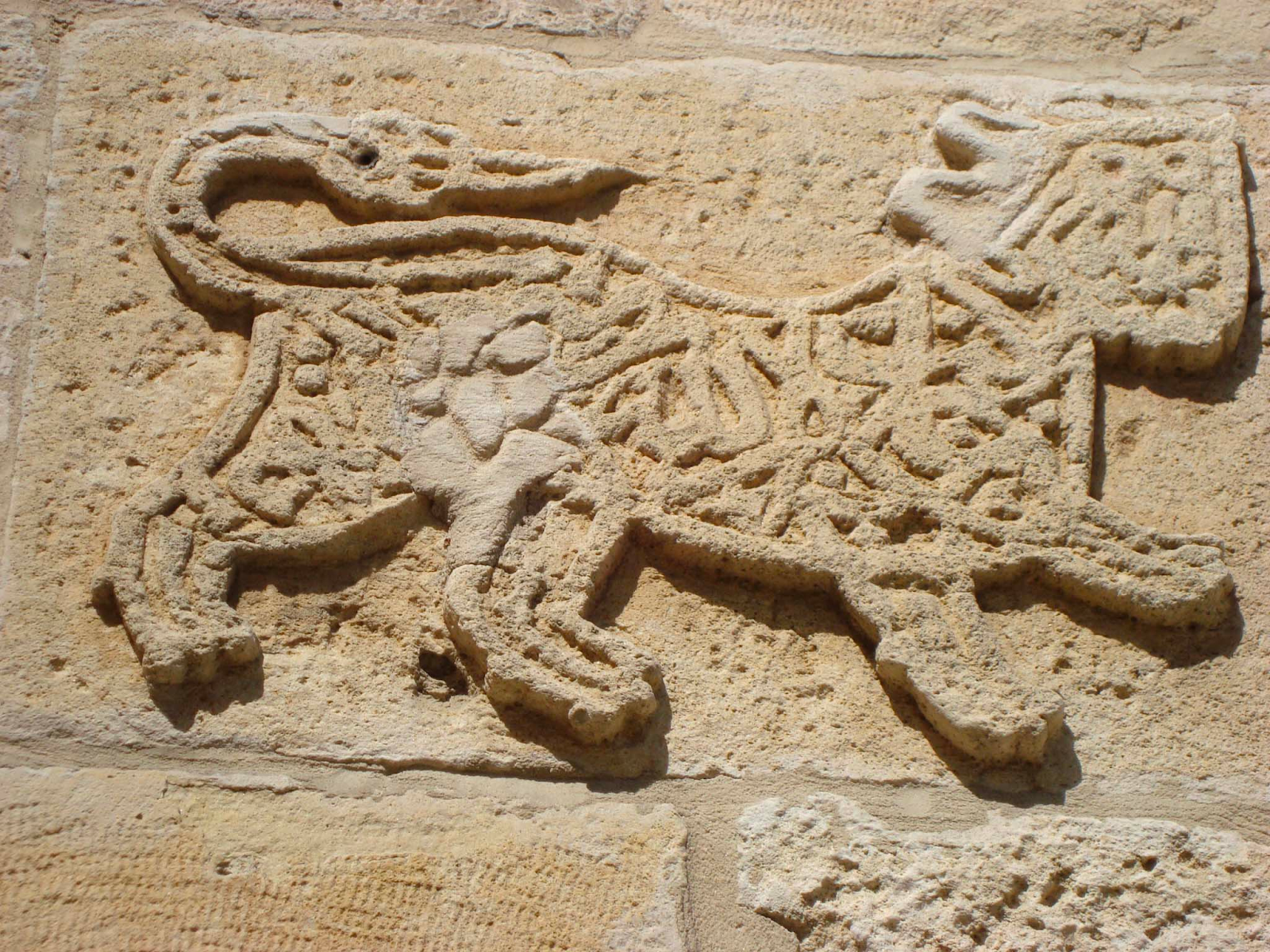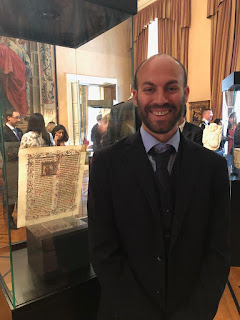 Antiquities; Looting; Smuggling; Collecting; Collections,armed conflict,conflict antiquities,illicit trafficking,Sudan,Sudan National Museum
Antiquities; Looting; Smuggling; Collecting; Collections,armed conflict,conflict antiquities,illicit trafficking,Sudan,Sudan National Museum
 No comments
No comments
Sudan’s Cultural Heart Under Threat: The Fate of the Sudan National Museum Amid Civil Conflict
In the heart of Khartoum, nestled near the confluence of the Blue and White Nile, stands the Sudan National Museum—once a vital repository to centuries of knowledge regarding country's ancient and storied past. Home to the world’s most comprehensive collection of Nubian archaeology, the museum has long served as both a guardian of Sudan’s rich cultural heritage and a symbol of national identity.
When violence first broke out in April 2023 between the Sudanese Armed Forces (SAF) and the paramilitary Rapid Support Forces (RSF), Khartoum became an epicenter of combat. Within days, RSF units occupied large swaths of the city, including key government buildings, residential neighbourhoods, and the area surrounding the Sudan National Museum.
The museum itself fell within contested territory, with ongoing shelling and street battles posing severe risk and making its interior impossible to secure. Throughout the months that followed, reports of looting and damage to Khartoum’s infrastructure and the museum were reported, with its museum staff and heritage experts displaced under the strain of war, making it nearly impossible to assess the damage while the the city remained under siege.
It wasn’t until early 2025—after a sustained counteroffensive by the SAF and international diplomatic pressure—that much of central Khartoum, including the museum district, was recaptured. By then, however, the damage to Sudan's important cultural landmarks had already been done.
A Repository of Nubian Glory
The Sudan National Museum was established in 1971 and housed over 50,000 years of human history. Its galleries showcased everything from prehistoric stone tools and ancient Christian frescoes to monumental statues and pharaonic temples rescued from the waters of Lake Nasser during the UNESCO Nubia Campaign of the 1960s. The museum's collection includes artifacts from the Kingdom of Kush, the Kerma civilisation, and the Christian kingdoms of Nubia, shedding light on cultures often overshadowed by their northern neighbours in Egypt.
What made the museum especially significant was not just the artefacts it held, but the unique narrative it wove—a story of African ingenuity, political power, and religious transformation that challenged long-standing historical biases and centered Sudan within the broader tapestry of global heritage which transcended its modern day, and often contested borders.
Cultural Institutions in the Crossfire
Since the outbreak of conflict, the museum—like many institutions in the country—suffered from a lack of security, interrupted funding, and the physical dangers posed by armed clashes waged in and around it. By early 2024, satellite images and reports from heritage professionals warned of structural damage to the museum's building and the increasing vulnerability of its collections to looting and environmental degradation.
As the war raged on, nearly all archaeological research was suspended in the country and most conservation projects ceased.
In September 2004, two hundred Sudanese researchers called on South Sudan President Salva Kiir Mayardit to help recover valuable artefacts believed to have been looted from the National Museum in Khartoum, and thought by some to have been routed through South Sudan as a transit country for resale on the black market.
 |
| Buhen temple at the grounds of Sudan National Museum in Khartoum before conflict |
Outside of Khartoum, heritage sites like the pyramids of Meroë, the ruins of Dongola, and the ancient city of Naga face their own perils, ranging from looting to neglect, as tourism halted and protective oversight became more and more precarious. In many cases, local communities that once partnered with archaeologists to steward these sites, were forced to focus on survival amid conflict and displacement.

Current Situation
In the Aftermath
The current situation in Sudan is critical, and serves as a painful reminder of the fragility of cultural heritage during times of conflict, as well as the fact that the human impact of devastation and war often supersedes and takes priority over heritage impact.
That said, the loss of collections within the Sudan National Museum and its other heritage institutions and archaeological sites should not be under-recognised. The museum did more than simply display artefacts—it anchored identity, inspired pride, and offered future generations a connection to their roots.
Losses such as those being recorded now, are and will continue to be a national tragedy, as well as a global one, long after the conflict subsides.
 |
| King Atlanersa (also Atlanarsa), Kushite ruler of the Napatan kingdom of Nubia (Reign c. 653–643 BCE) |
In the meantime, digital preservation efforts, diaspora scholarship, and international partnerships are called upon to help safeguard what could not be protected from afar. The world must not turn away. The ruins of Nubia tell a story that spans millennia and whether or not that story continues depends not just on the past—but on how we choose to protect it today.

































